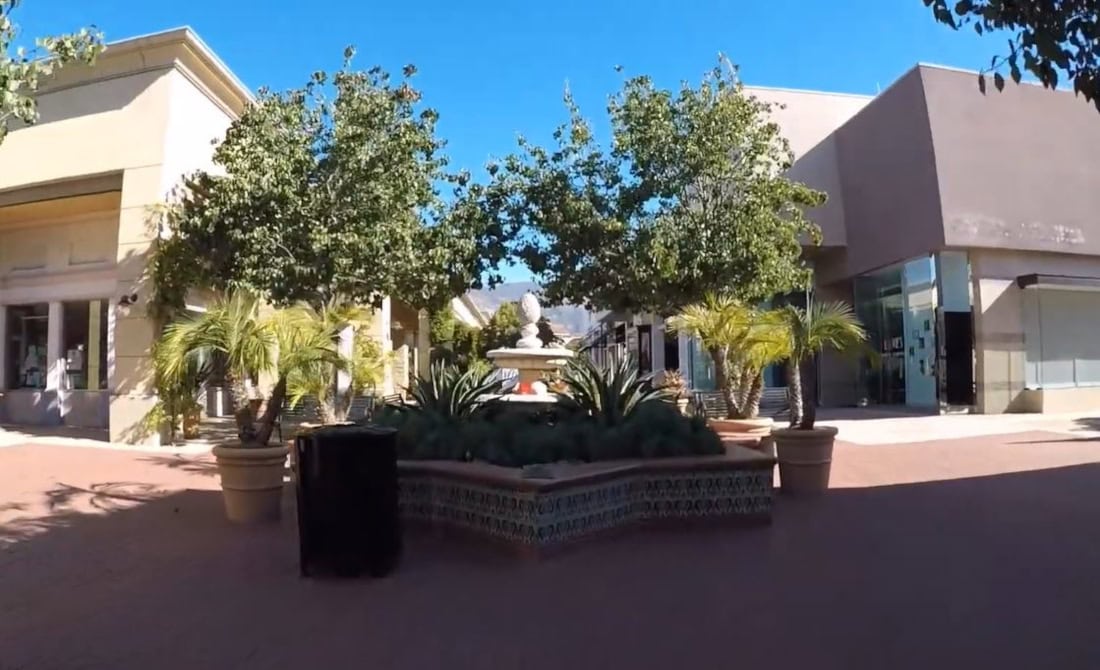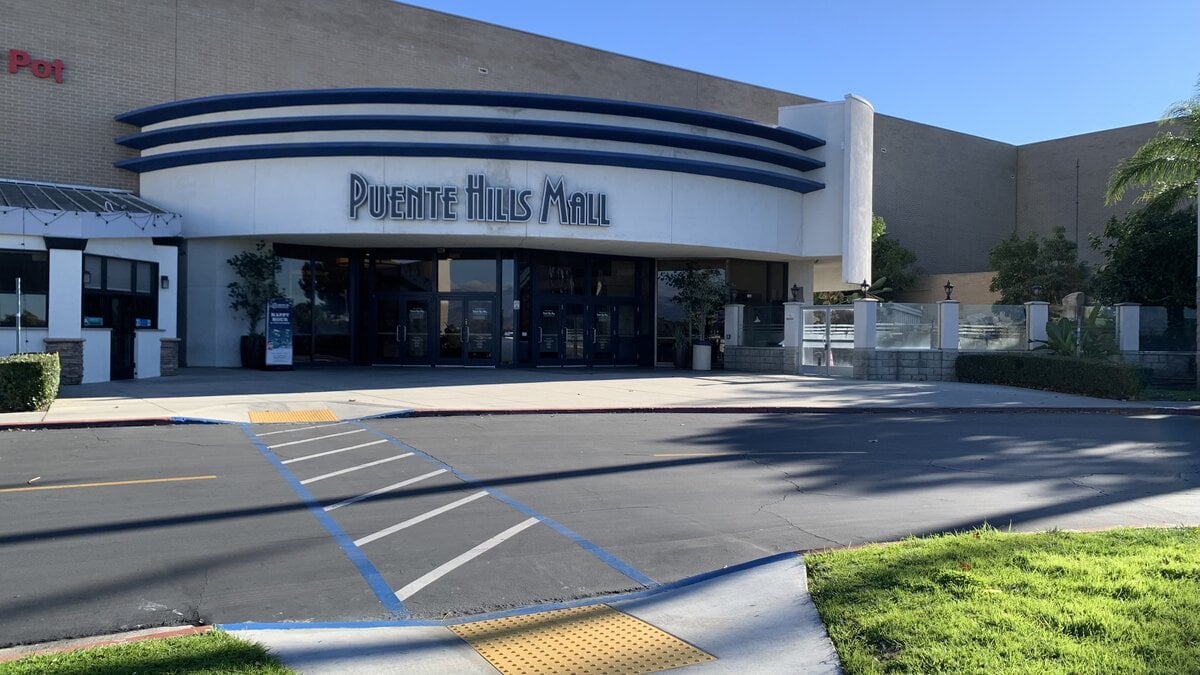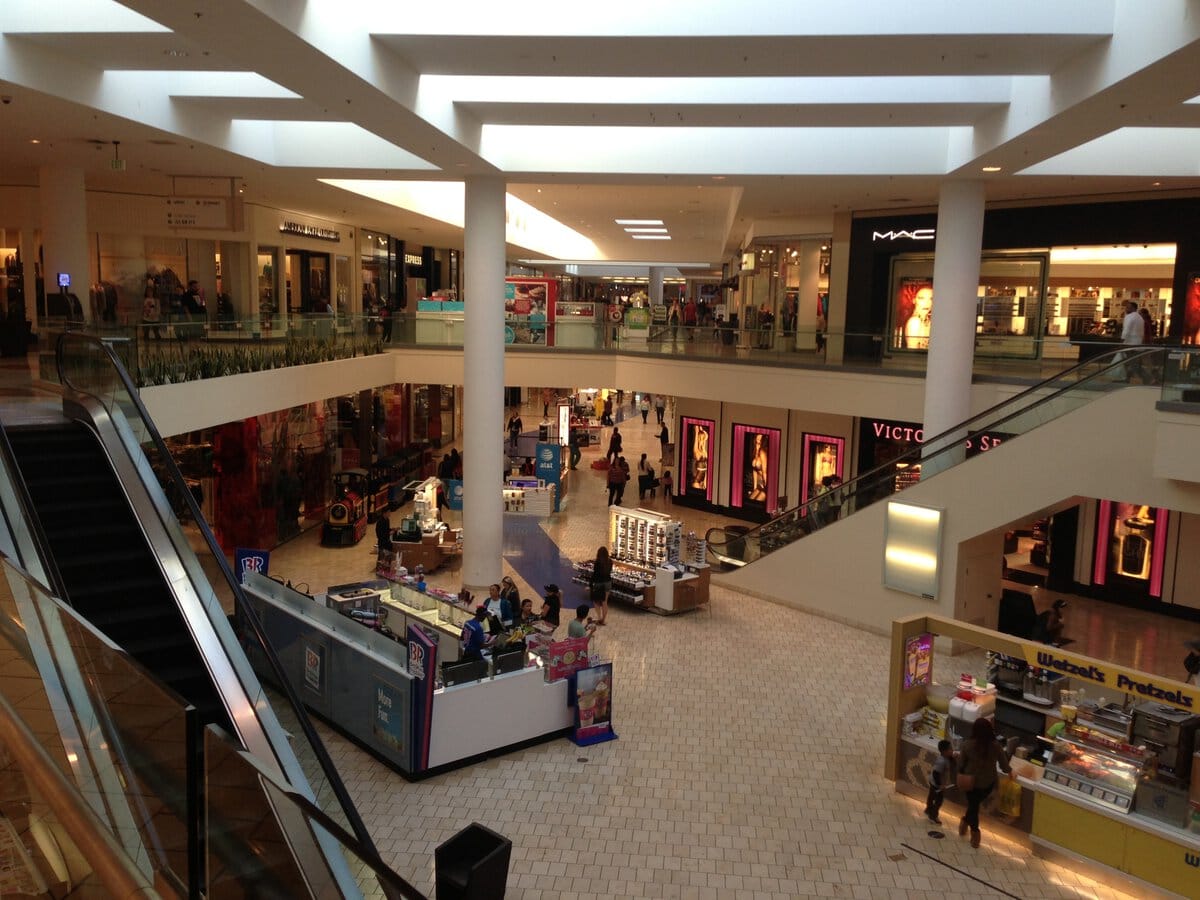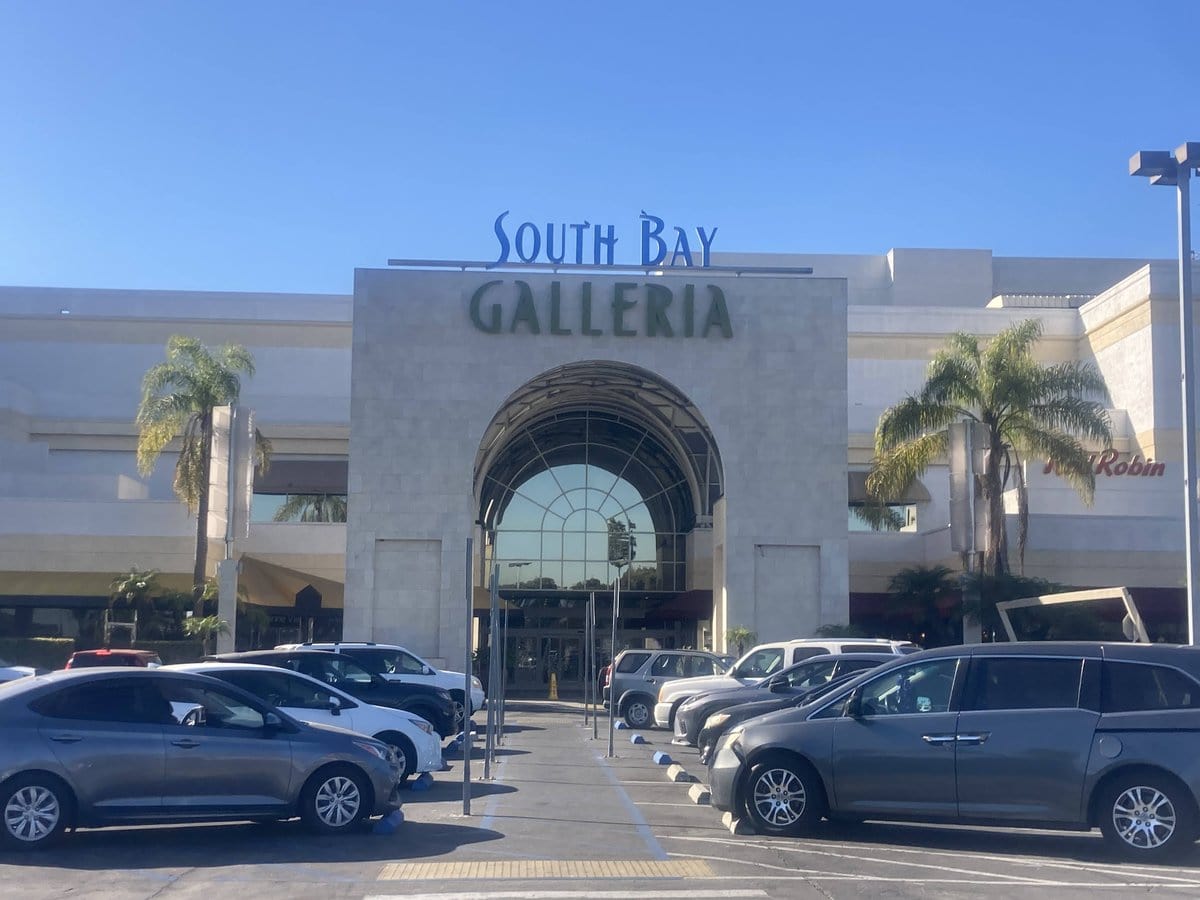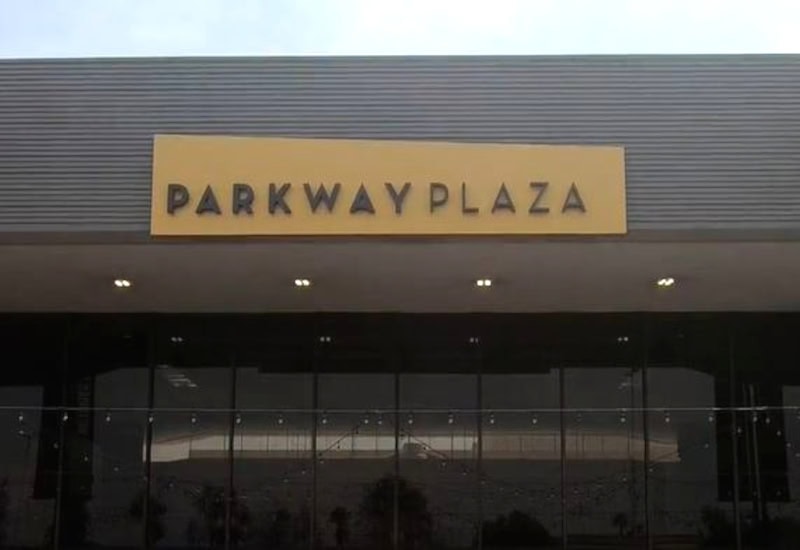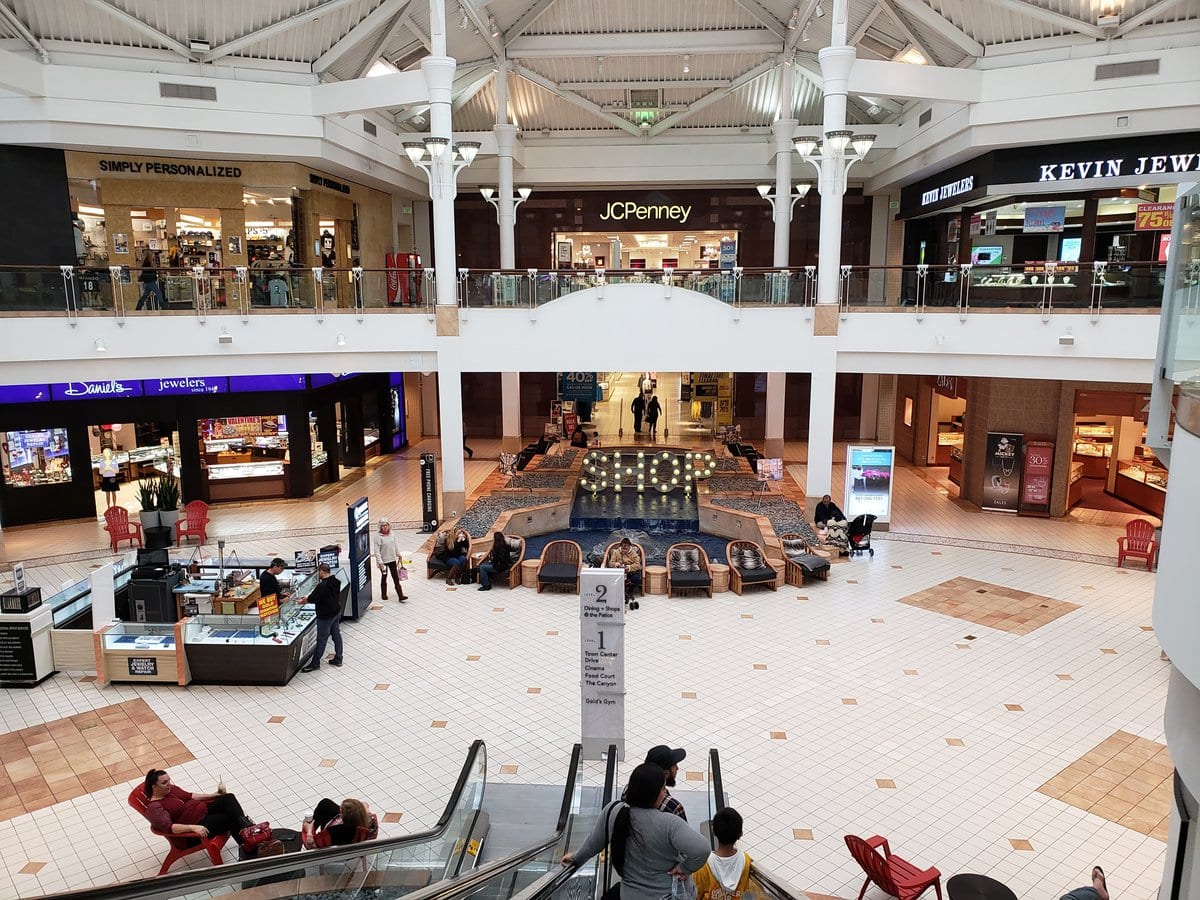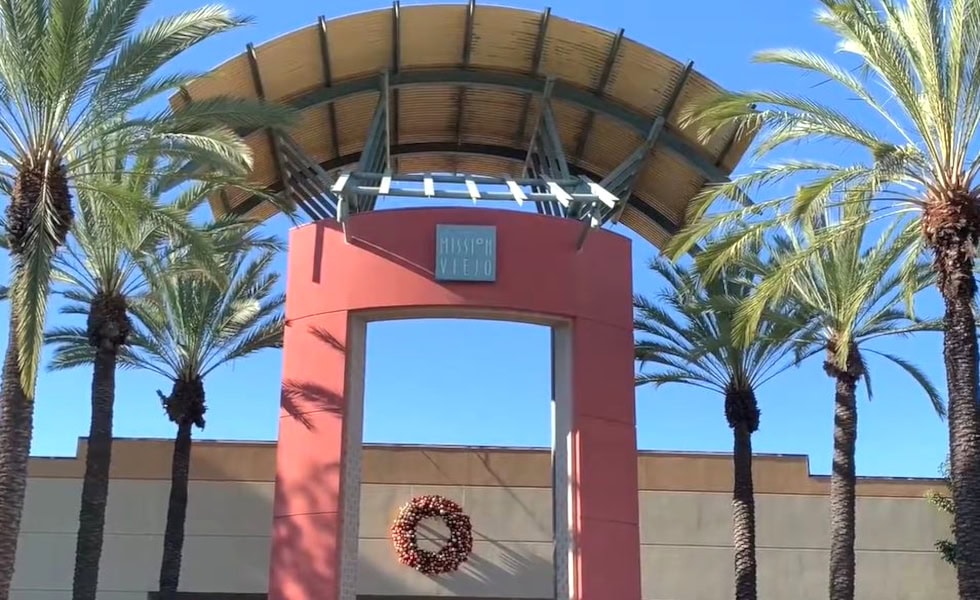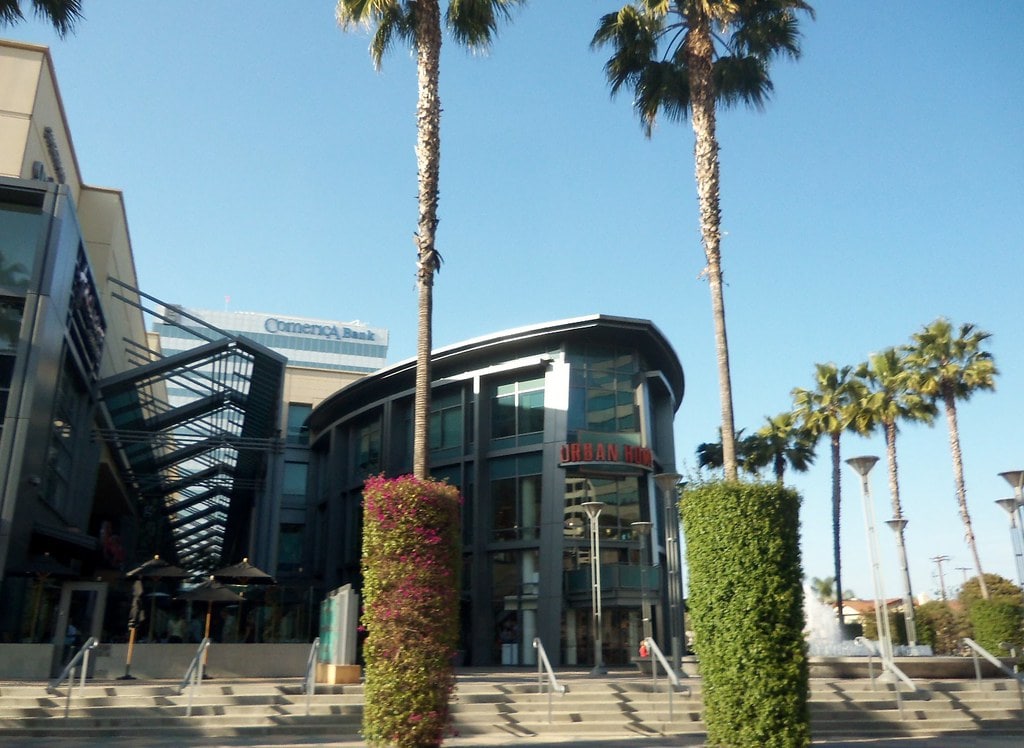Fullerton has its share of well-told stories, but the city's backstreets, archives, and old buildings hold stranger tales.
Elephants once thundered across a campus field in front of national TV cameras. A packing house by the tracks still stands from the citrus era. And a 75-foot WPA fresco spent decades hidden under layers of paint before being brought back to view.
These aren't the facts you hear at city events; they're the ones that surface when you dig into the corners of local history.
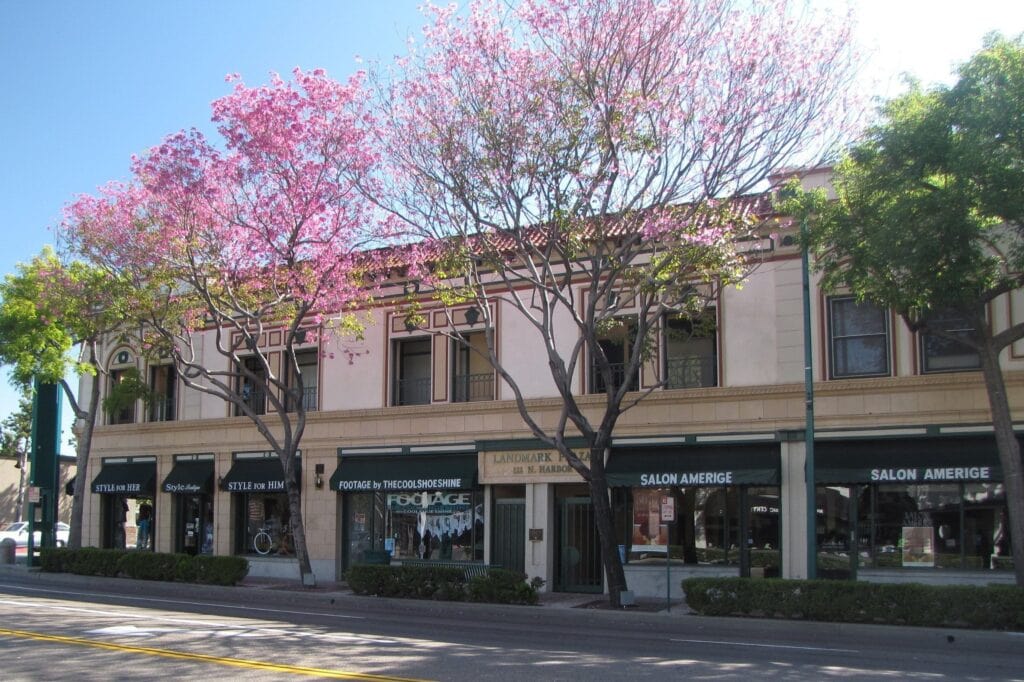
The day 15 elephants lined up to race
On May 11, 1962, Orange County State College (now Cal State Fullerton) staged an intercollegiate elephant race on a dirt field called Dumbo Downs.
Fifteen elephants and riders lined up for heats before a crowd estimated at 10,000.
Reporters and television crews came from across the country; British Pathé shot film of the event.
A Harvard‑backed elephant, often recorded as "Sonita," crossed first.
Campus materials later linked the spectacle to the adoption of Tuffy the Titan as the school mascot.
Leo Fender's first factory stood off Pomona and Santa Fe
Clarence "Leo" Fender founded the Fender Electric Instrument Company in Fullerton in 1946.
His early shop and factory operated near Pomona and Santa Fe avenues; a bronze plaque marks the spot today.
From Fullerton facilities came the Telecaster (1950-51), Precision Bass (1951), and Stratocaster (1954), along with early amplifiers.
Production later expanded to a larger plant on South Raymond Avenue.
After selling to CBS in 1965, Fender remained in the city and launched G&L with George Fullerton and Dale Hyatt in 1980; G&L still builds instruments on Fender Avenue.
The Fullerton Museum Center's Leo Fender Gallery presents instruments, drawings, and photographs tied to this work.
A 75‑foot WPA fresco disappeared for decades, then returned
"Pastoral California," a 75‑by‑15‑foot fresco by Charles Kassler, was completed in 1934 along the west arcade of Plummer Auditorium at Fullerton Union High School.
In 1939, the school board ordered it painted over. The work stayed hidden until a district‑approved restoration in 1997 returned the fresco to view.
Today, the Spanish Colonial Revival auditorium and its outdoor fresco remain prominent features on the campus.
A baseball park where Joe DiMaggio once played spring training games
From the mid-1930s through the mid-1940s, Amerige Park in downtown Fullerton hosted spring training for Pacific Coast League teams such as the Hollywood Stars, Seattle Rainiers, Sacramento Solons, and the original Los Angeles Angels.
The field saw appearances from Hall of Famers like Joe DiMaggio, Walter Johnson, and Satchel Paige in exhibition play.
The park's name honors George and Edward Amerige, who founded Fullerton in 1887.
Today, the site continues to be used for local sports and tournaments.
Its grandstand and field layout still reflect the ballpark's early 20th-century roots.
The "Elephant" brand packing house still stands by the tracks
The Elephant Packing House at 201 West Truslow Avenue opened in 1924, built by the Union Pacific Railroad in the Mission Revival style.
It first packed Valencia oranges under the Elephant label for Elephant Orchards of Redlands.
The painted elephant emblem on the façade served as an advertisement visible to passing rail passengers.
In 1932, C.C. Chapman subleased the facility to ship Old Mission brand fruit.
With the citrus industry's decline in the 1950s, the structure shifted to warehousing and light manufacturing uses.
It remains one of Fullerton's few surviving citrus packing houses and is listed on the National Register of Historic Places.
The post office with a WPA mural of orange pickers
The Commonwealth Station post office in Fullerton was completed in 1939 as part of a Works Progress Administration project that cost $56,000 and took just under seven months to build.
Inside, above the postmaster's door, is a mural by artist Paul Julian depicting students from Fullerton Union High School harvesting oranges.
The building's architecture follows Mission Revival lines, with stucco walls and a red-tile roof.
It was added to the National Register of Historic Places in 2012 for both its design and its New Deal artwork.
Postal service continues at the site, and the mural remains in place over the entrance to the administrative office.
A law from the 1970s still bans most overnight street parking
In the 1970s, the Fullerton City Council passed an ordinance prohibiting overnight parking on public streets.
The rule applied citywide and was intended to keep streets clear for maintenance and to discourage long-term storage of vehicles.
While amendments have created exceptions for certain areas or permit holders, the ordinance remains in effect across most residential streets.
Visitors often find they must arrange off-street parking to avoid citations.
City records show the law has been periodically reaffirmed, with enforcement handled by Fullerton Police Department patrols.
The regulation is among the longest-standing municipal codes still actively applied in the city.
A 1943 Fullerton case cracked open housing covenants
In 1943, Alex and Esther Bernal bought a house at 200 East Ash Avenue in the Sunnyside Addition.
Neighbors filed suit to enforce a racially restrictive covenant.
On August 24, 1943, Orange County Superior Court Judge Albert F. Ross ruled for the Bernals in Doss et al.v. Bernal et al., rejecting the covenant's application and allowing the family to remain.
Researchers and later summaries describe the case as an early win against such covenants involving Mexican Americans.
A college arboretum created from a diseased orange grove
The Fullerton Arboretum opened in 1979 on a 26-acre site at the northeast corner of the California State University, Fullerton campus.
The land had previously been an orange grove plagued by root rot disease, making it unsuitable for commercial citrus.
Faculty, students, and local residents developed the arboretum as a teaching and preservation space.
Today, it contains more than 4,000 plant species arranged in themed collections, along with the relocated Heritage House, an 1894 Eastlake-style home.
A rail depot serving passengers since the 1930s
The Santa Fe depot at what is now the Fullerton Transportation Center was built in 1930 to replace an earlier 1888 station.
Its Spanish Colonial Revival design includes stucco walls, arched openings, and a red-tile roof.
The building served the Atchison, Topeka and Santa Fe Railway and now handles Amtrak's Pacific Surfliner and Southwest Chief, along with Metrolink commuter trains.
The station is part of a larger multimodal hub that includes a bus terminal and parking structure.
It remains an active gateway for regional and long-distance rail travel, making it one of the busiest train stations in Orange County by passenger volume.


